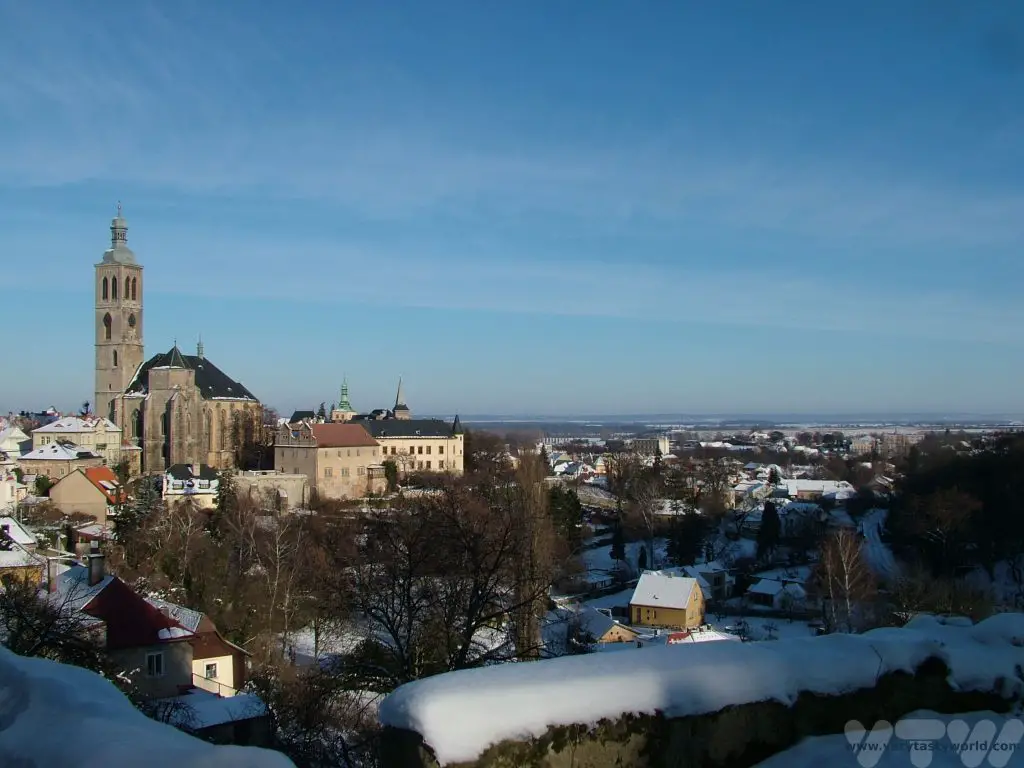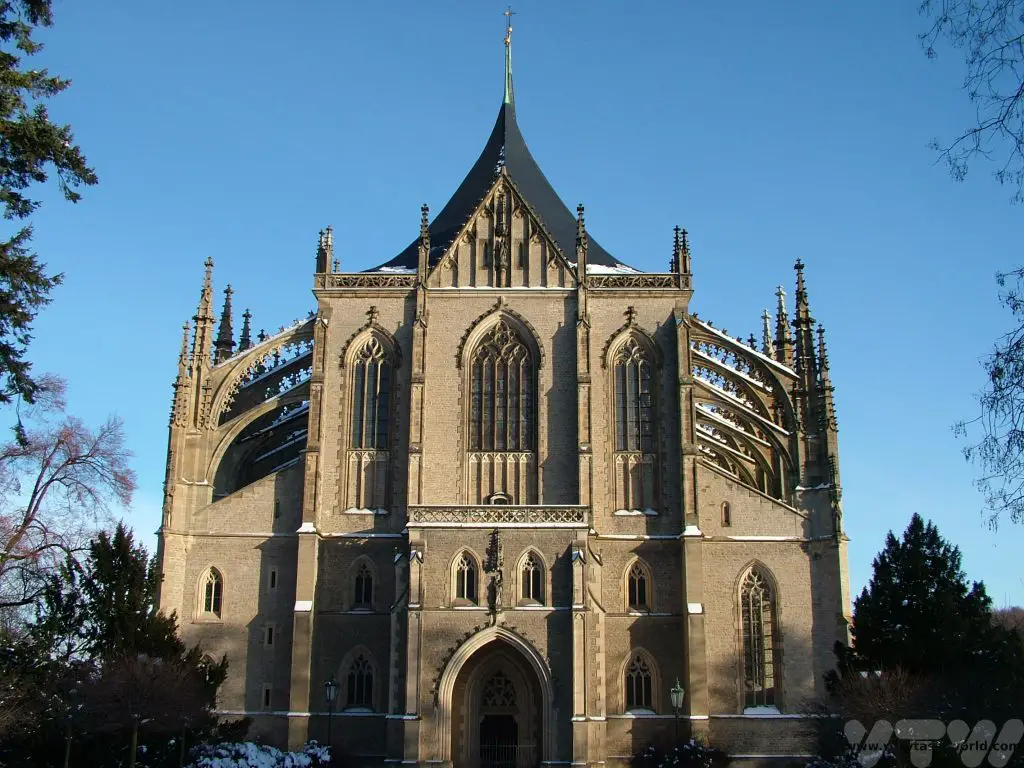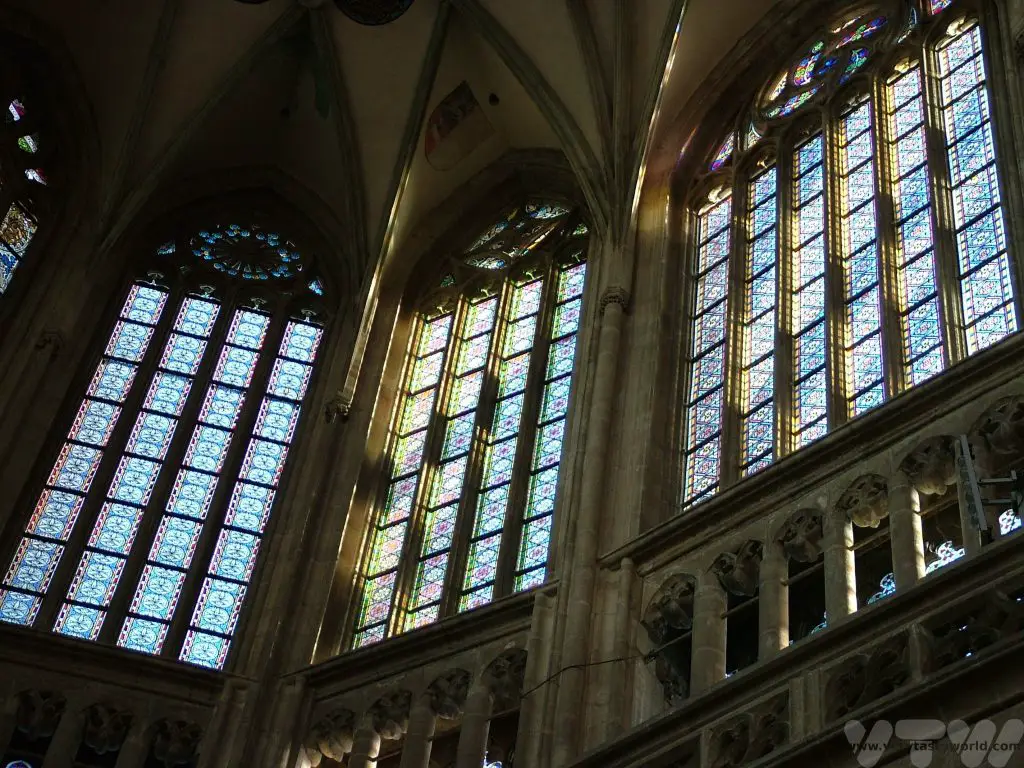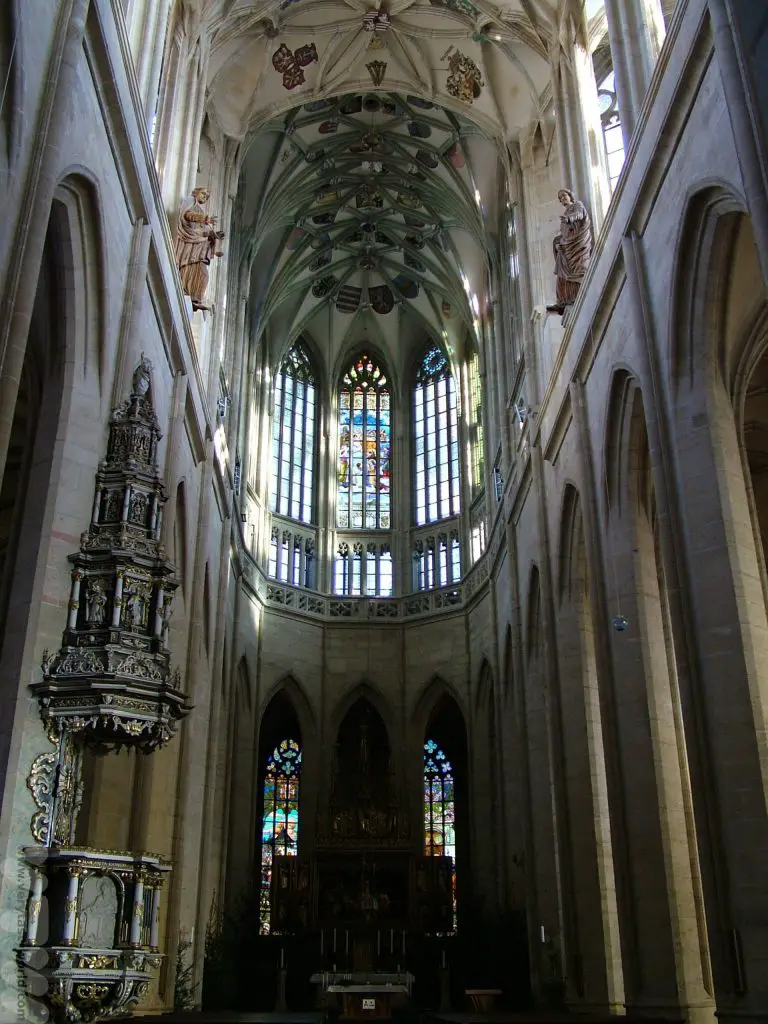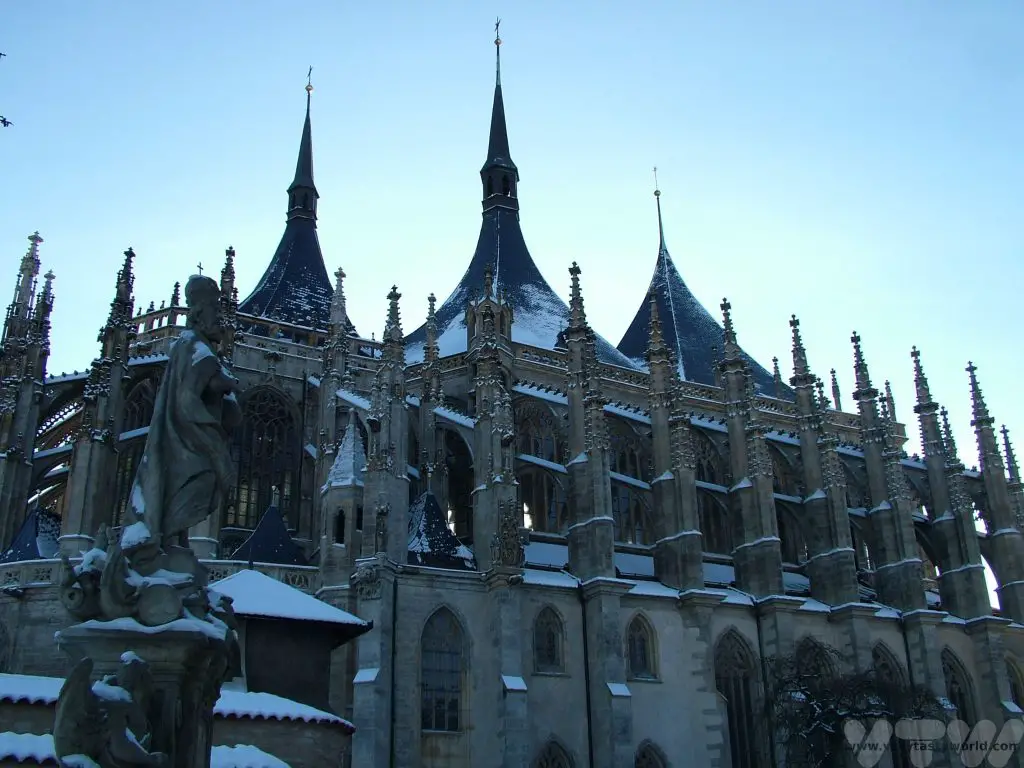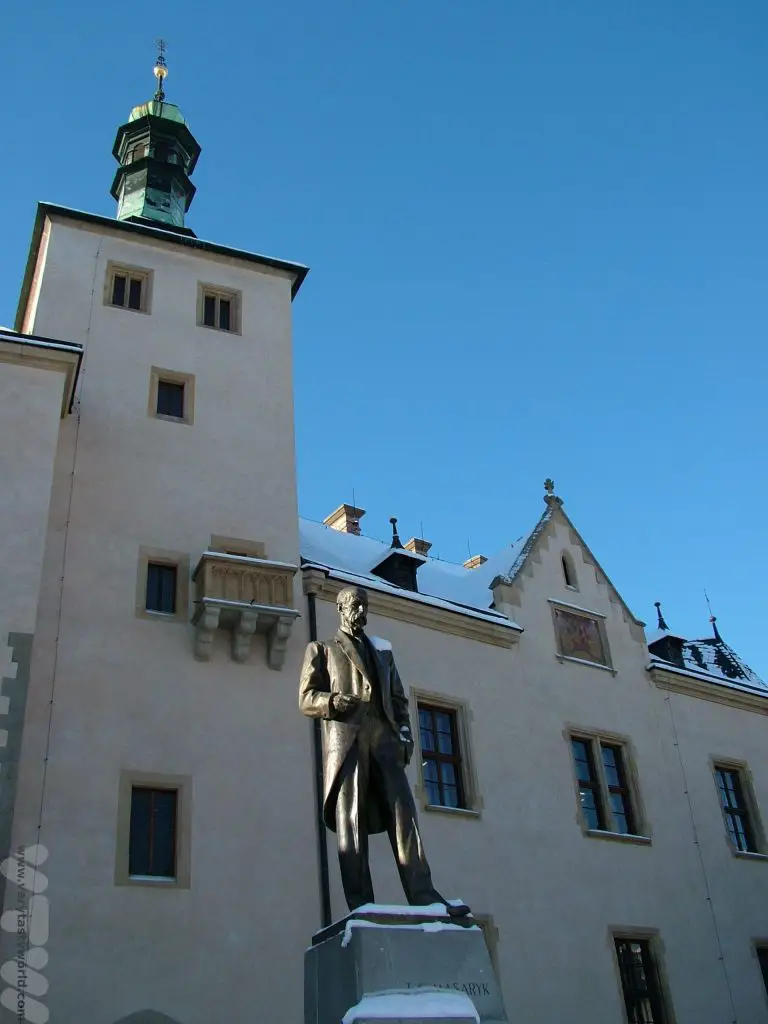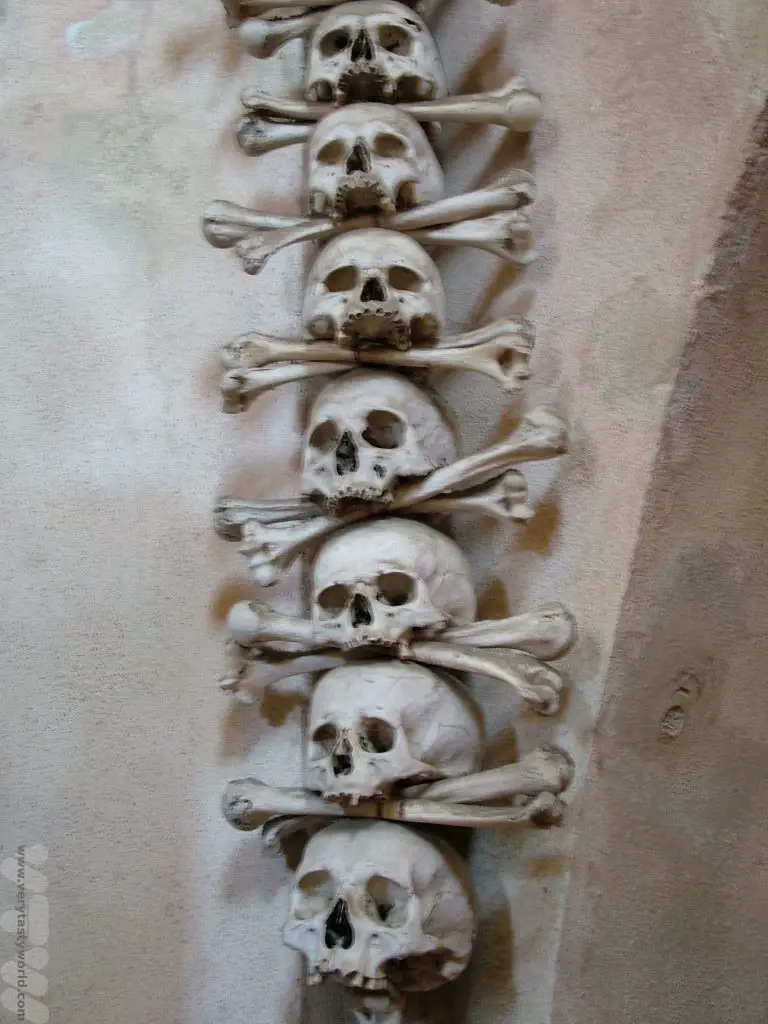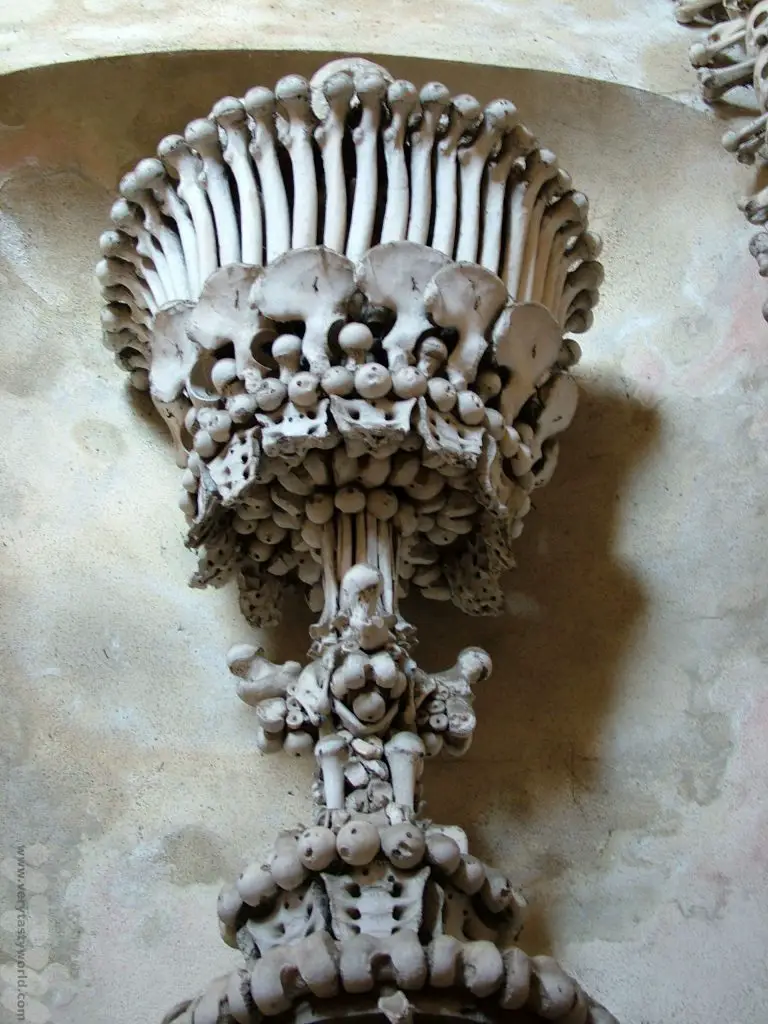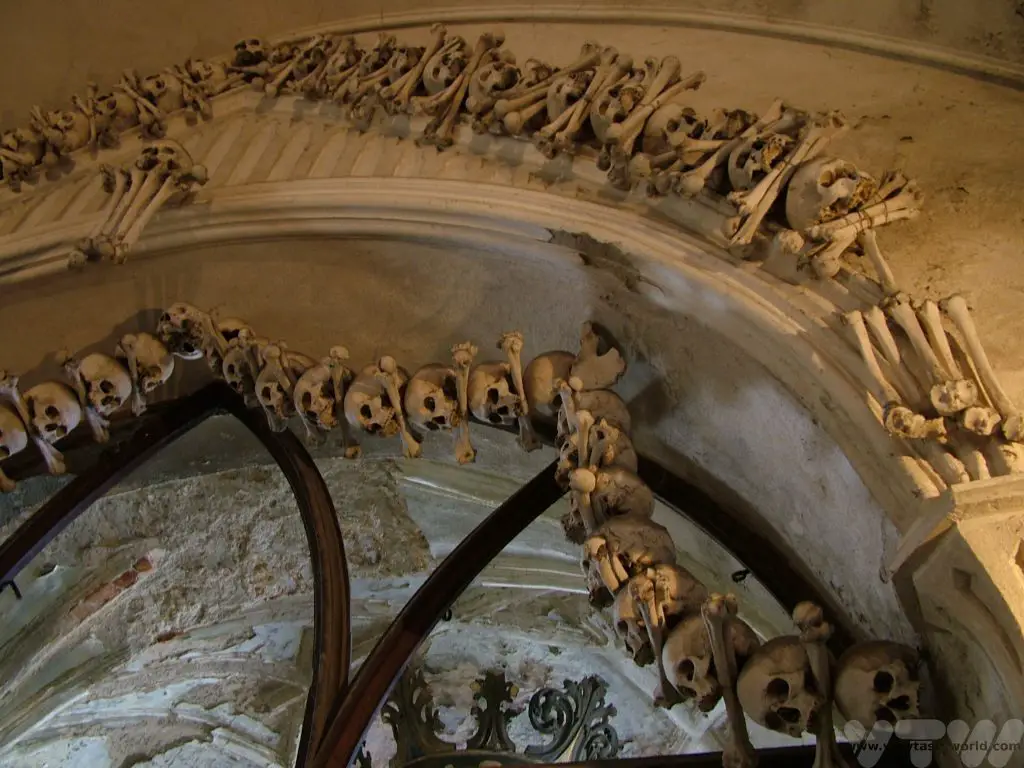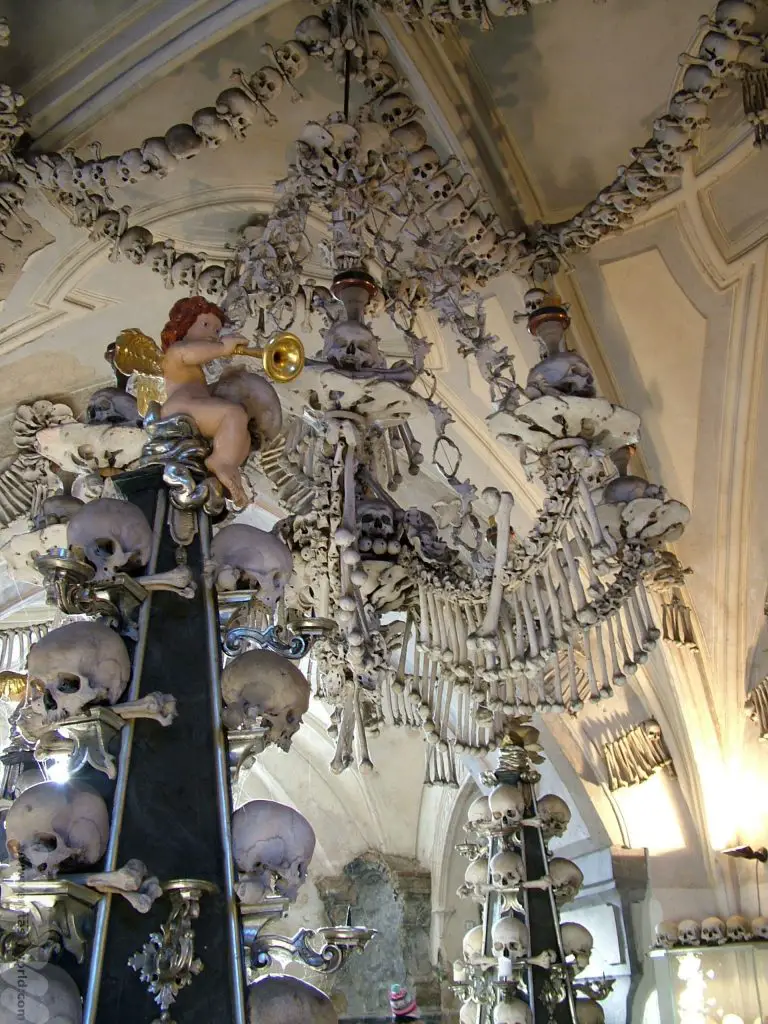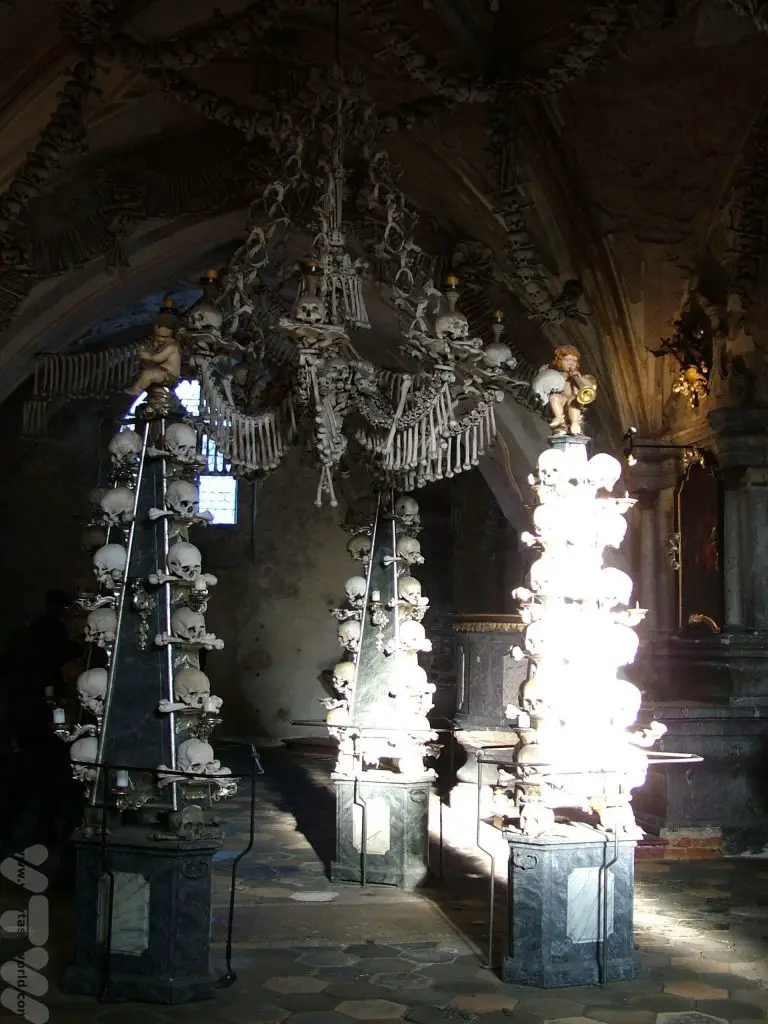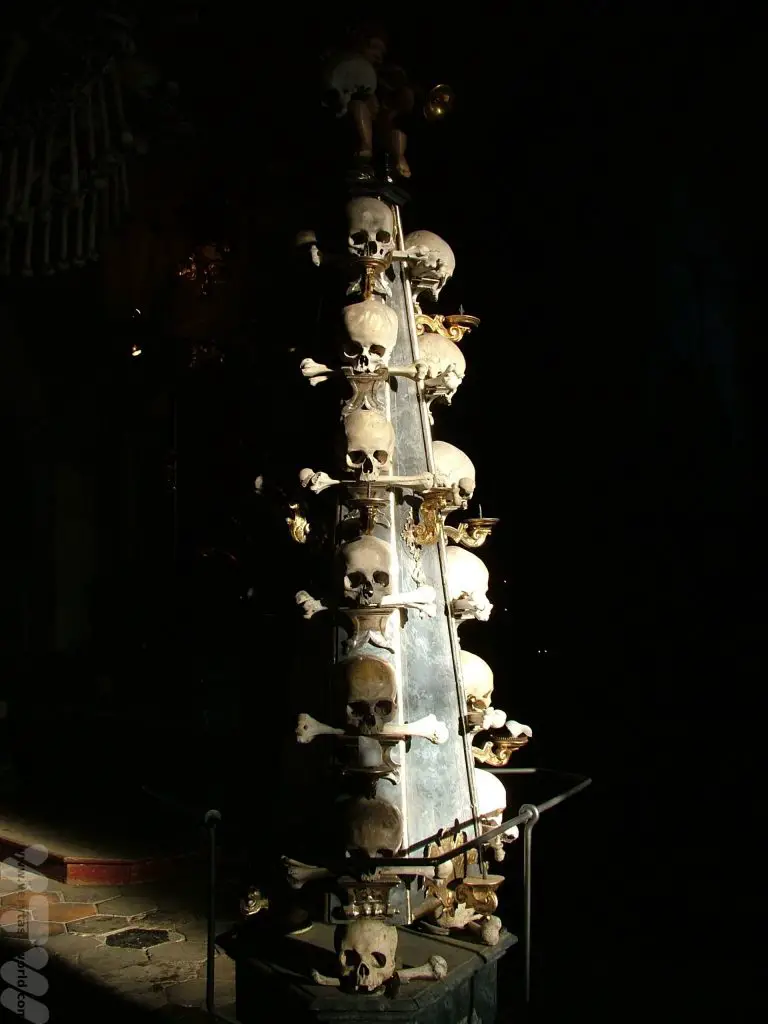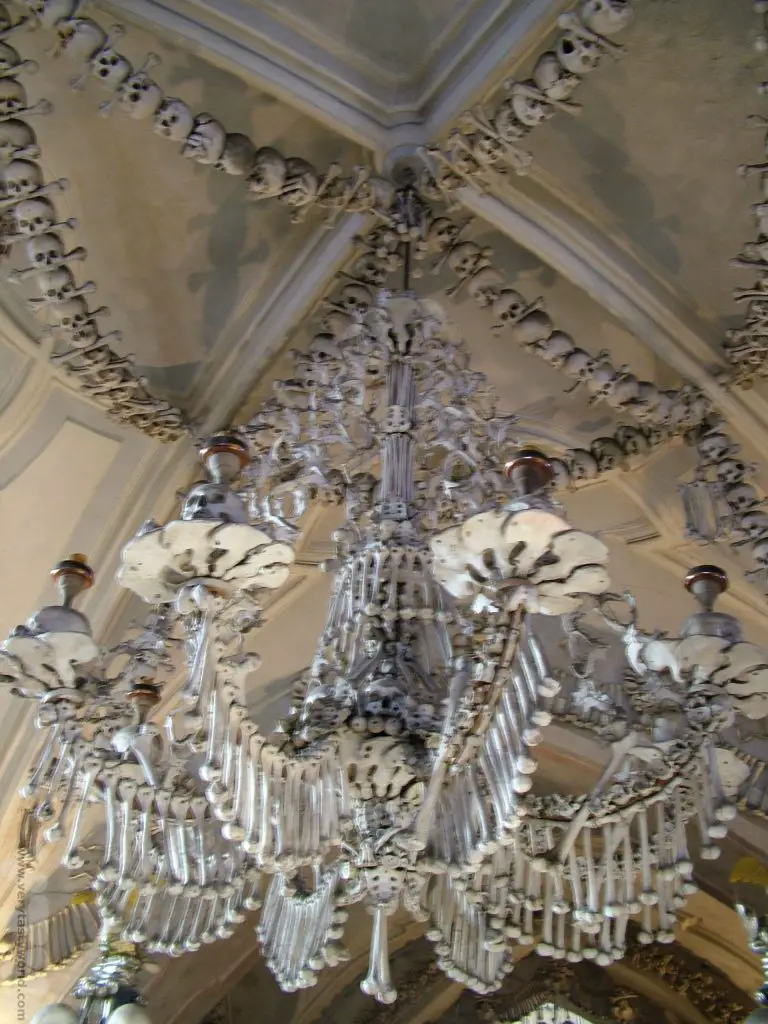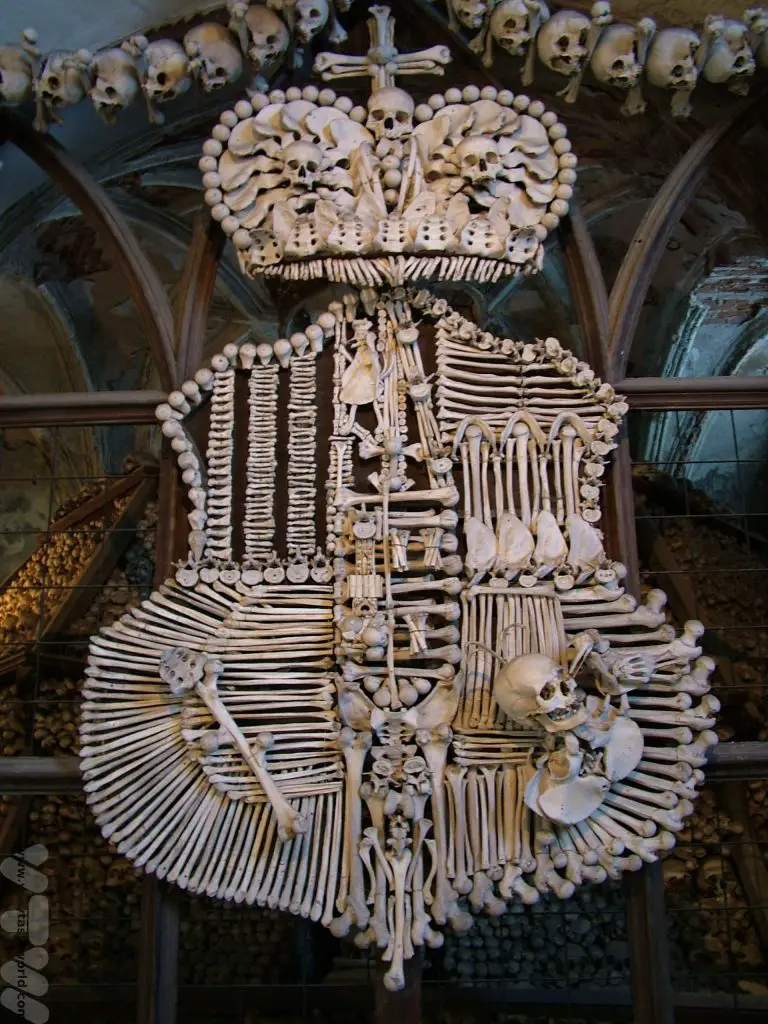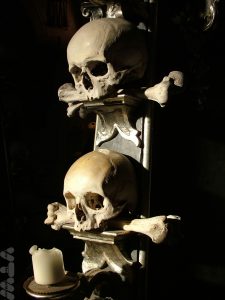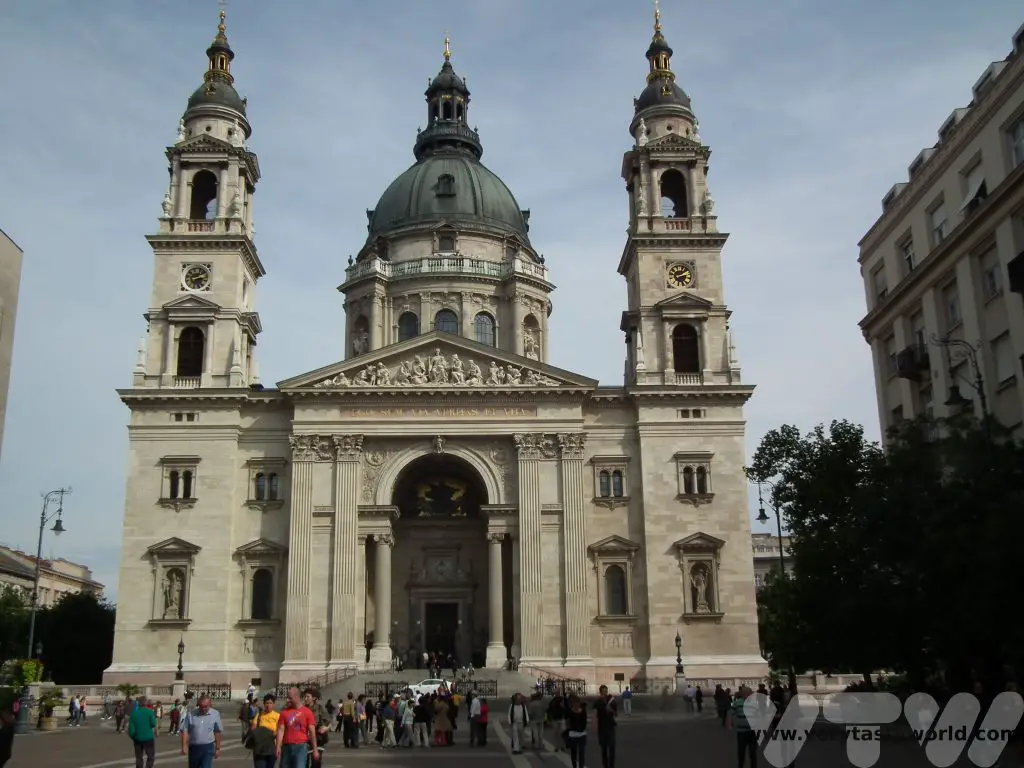Pilsners for Pedestrians in Prague
Some cities are beautiful. Others are plain ugly. Some are superficially unattractive and their charm needs to be discovered when you explore them. But Prague’s architecture ensures that it is one of the most elegant cities in the world. It’s a great size for walking around too. A long weekender city break will ensure that you can enjoy the main sights, including splendid museums and theatre shows, and even take in a day trip away from the city.
The town square with Tyn Cathedral are centrally located between Wenceslas Square and Charles Bridge. It holds enormously popular Christmas and Easter markets each year. Just off the square is the amazing mediaeval astronomical clock, located on the town hall wall. It is apparently the third oldest such clock in the world. Inevitably it attracts large crowds trying to get photos, especially on each hour when the figures adorning the clock are set in motion and the twelve apostles appear.
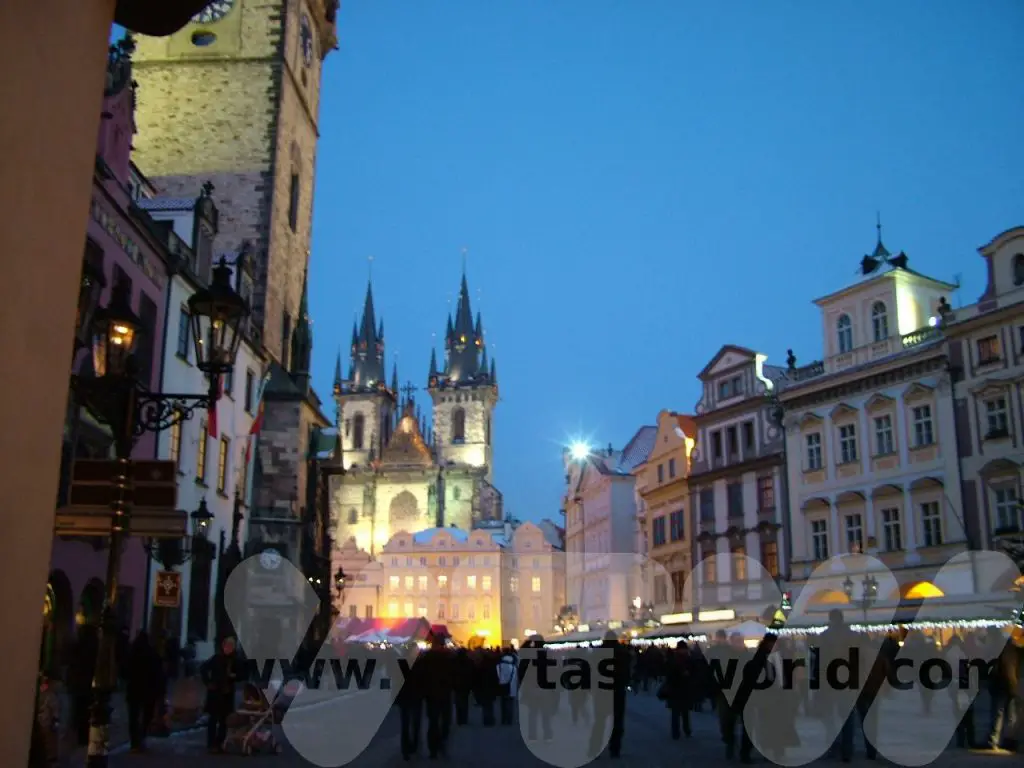
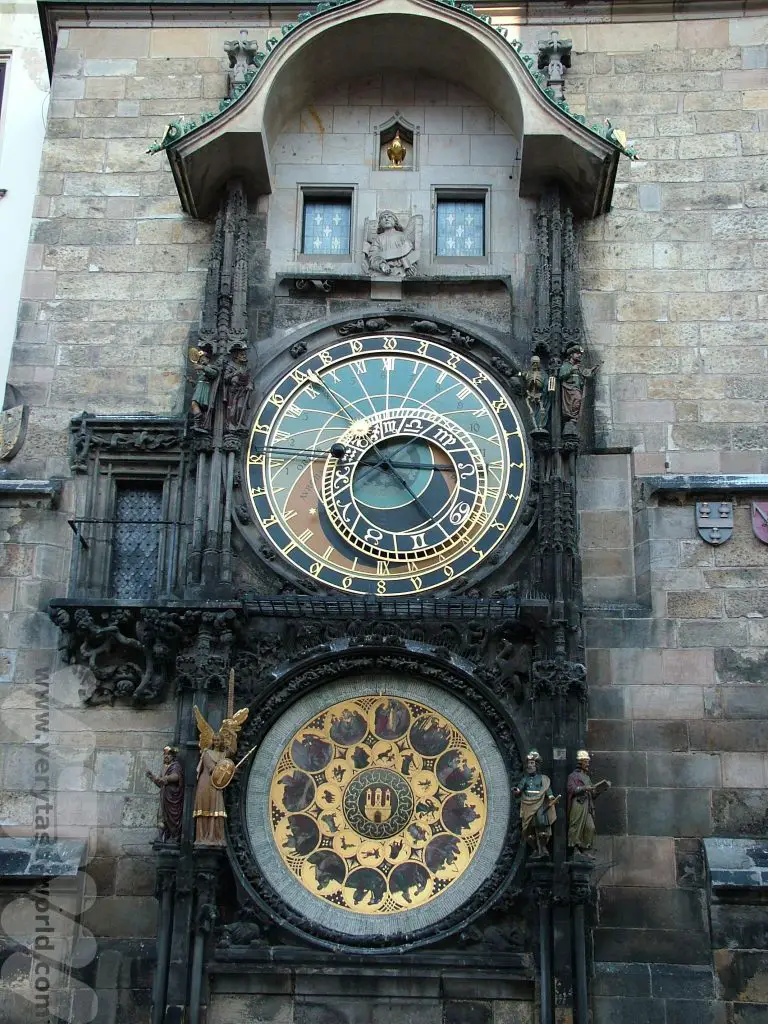
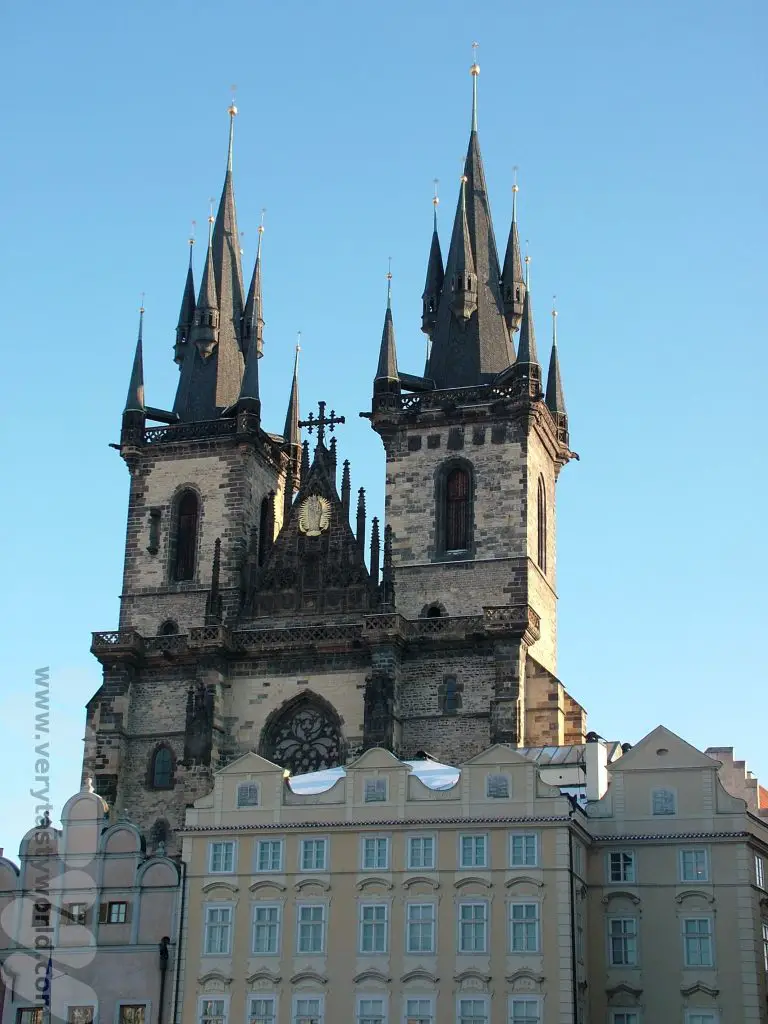
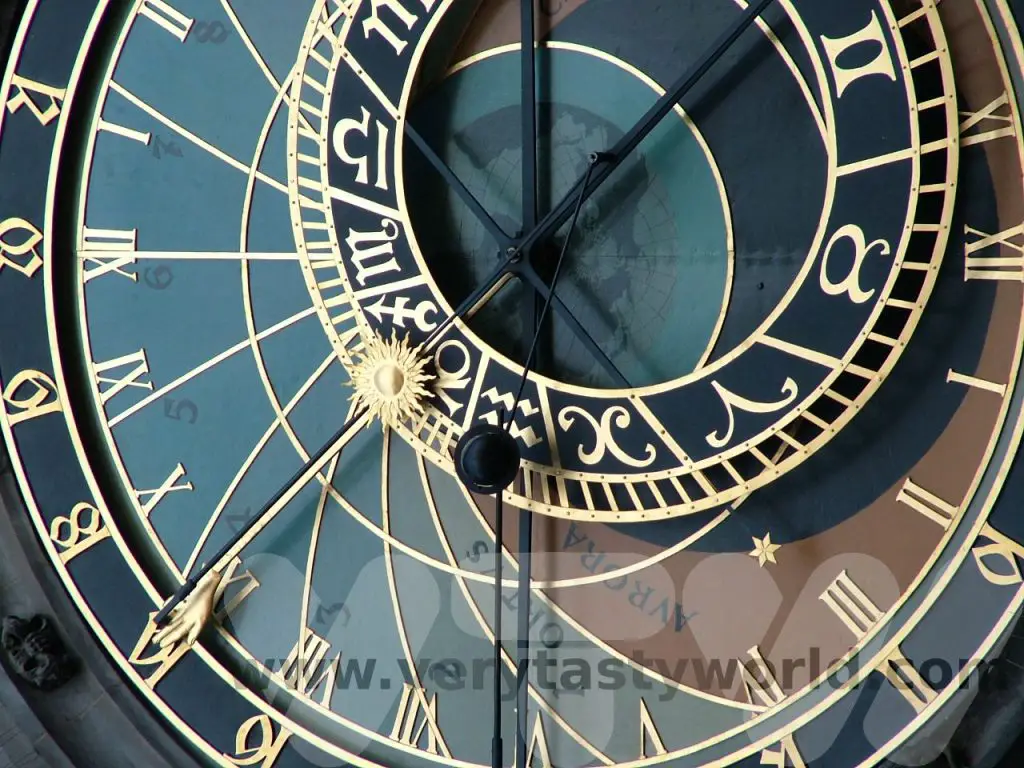
Charles Bridge is the oldest bridge in the city and crosses the Vltava river, and has many statues of saints lining its balustrade.
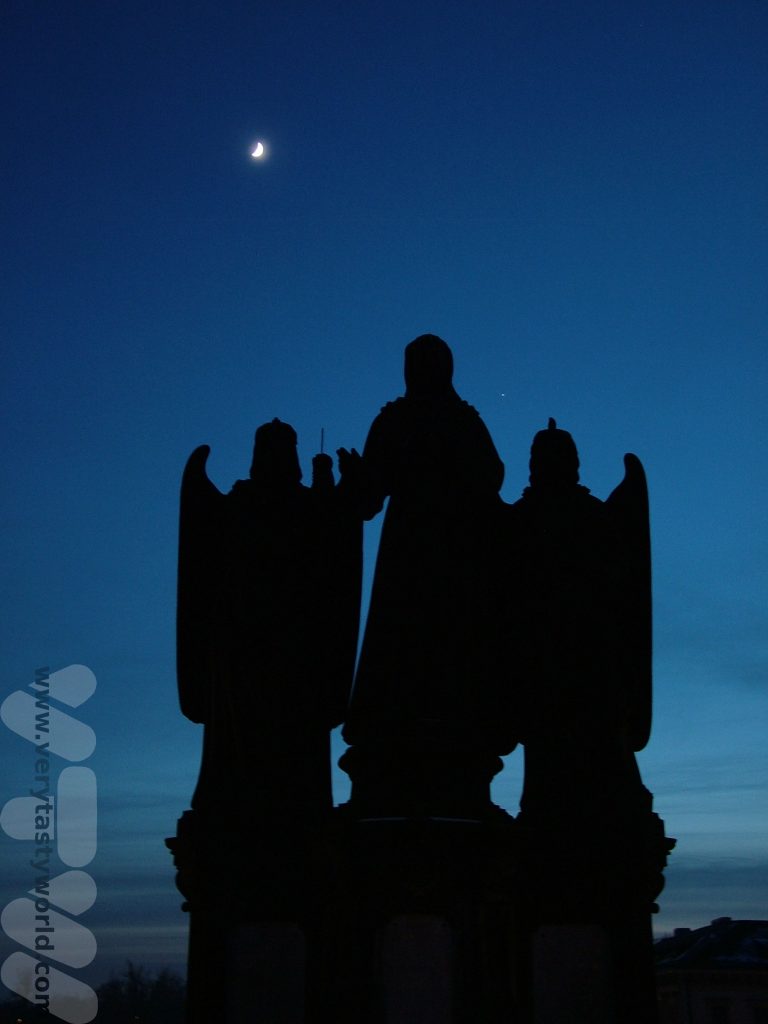
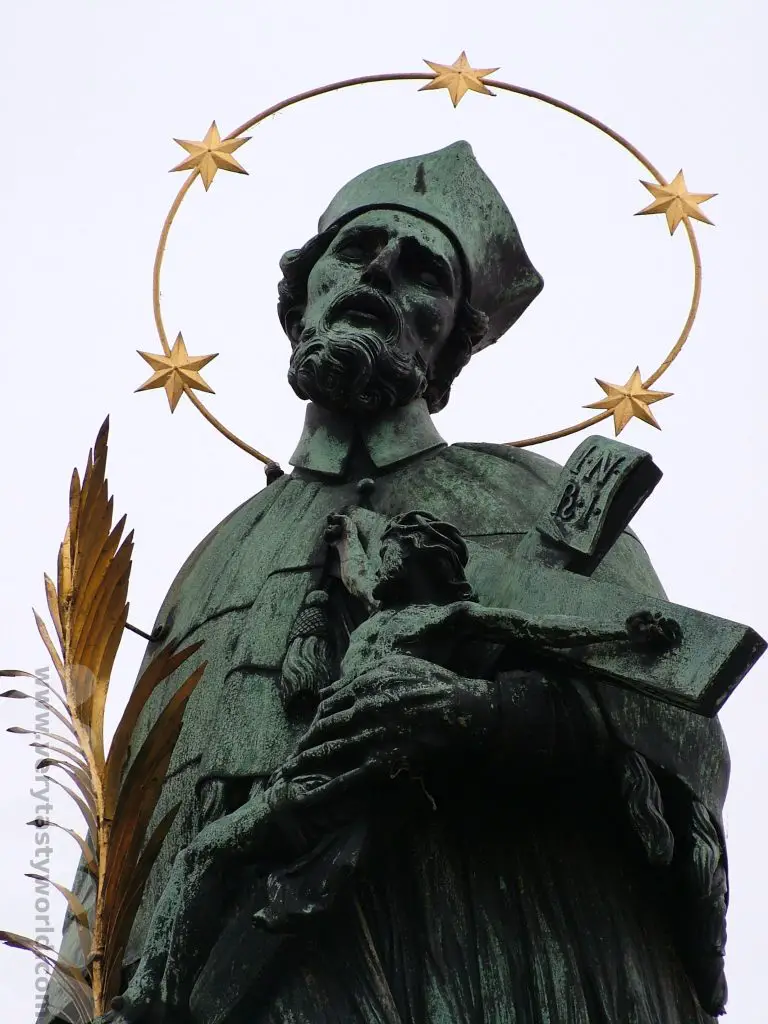
After crossing Charles Bridge it’s a short hike up the hill on the other side of the river to Prague Castle which proudly overlooks the city. The president resides here now but it was formerly a residence for kings of Bohemia. It makes for an interesting morning exploring the extensive complex with its fascinating buildings.
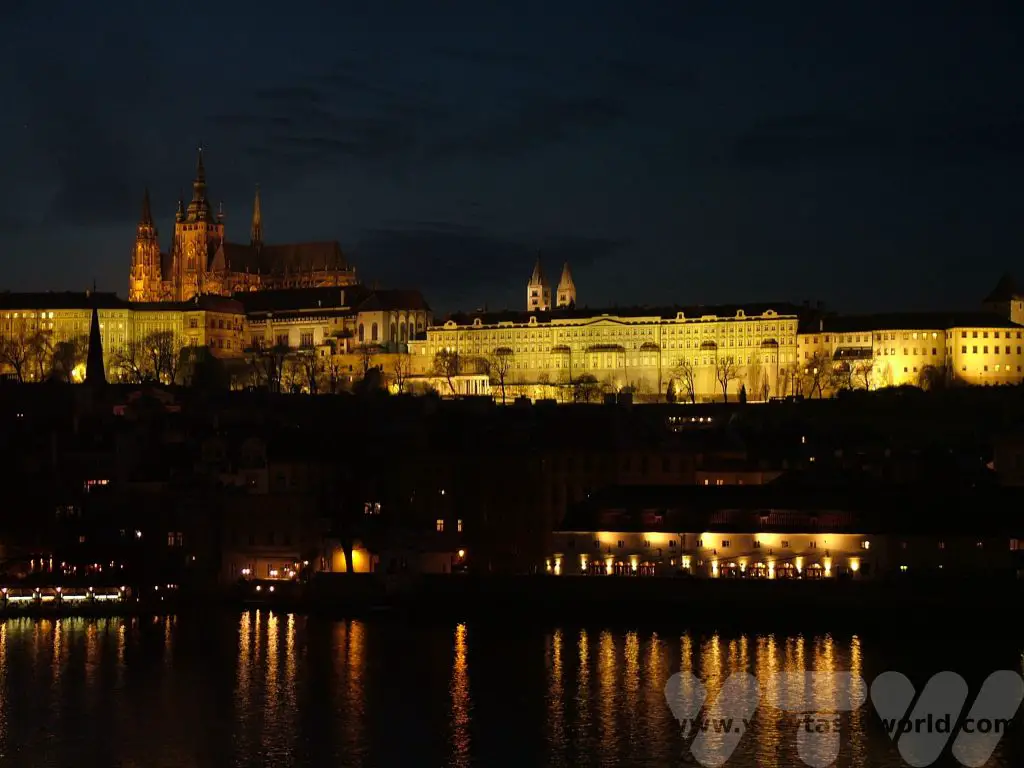
Within the castle grounds the most famous building is St Vitus Cathedral. The site dates from the 10th Century and is considered to be the most important place of worship in the country. The gorgeous gothic structure of the cathedral started construction in 1344 and was further developed over the centuries.
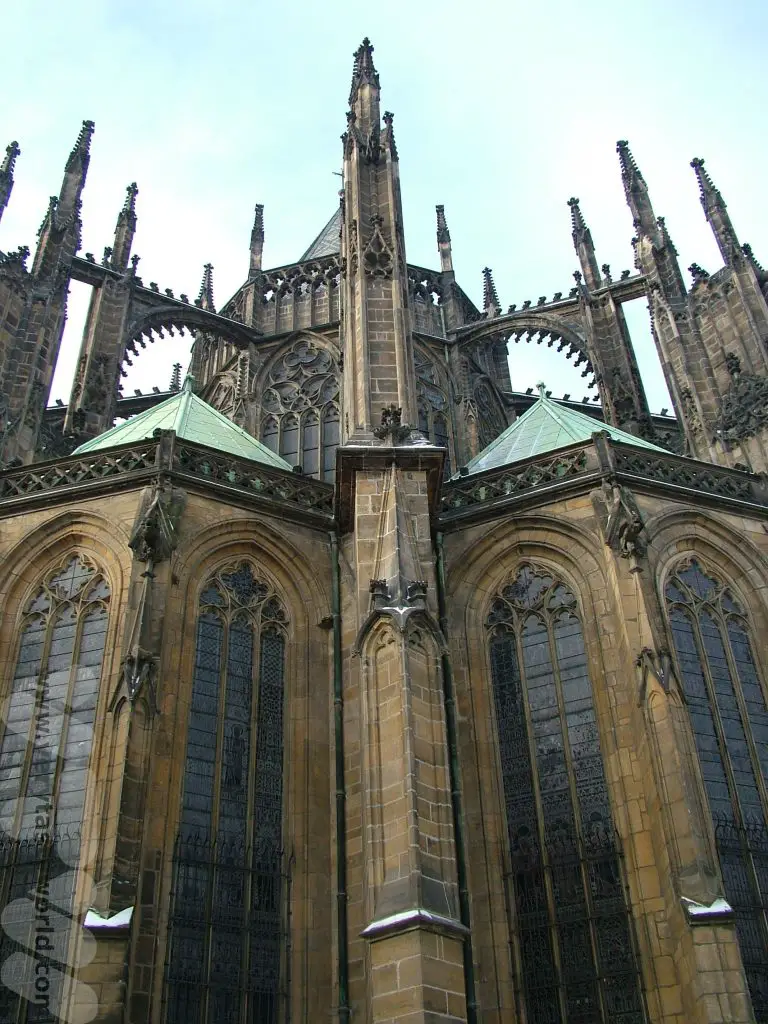
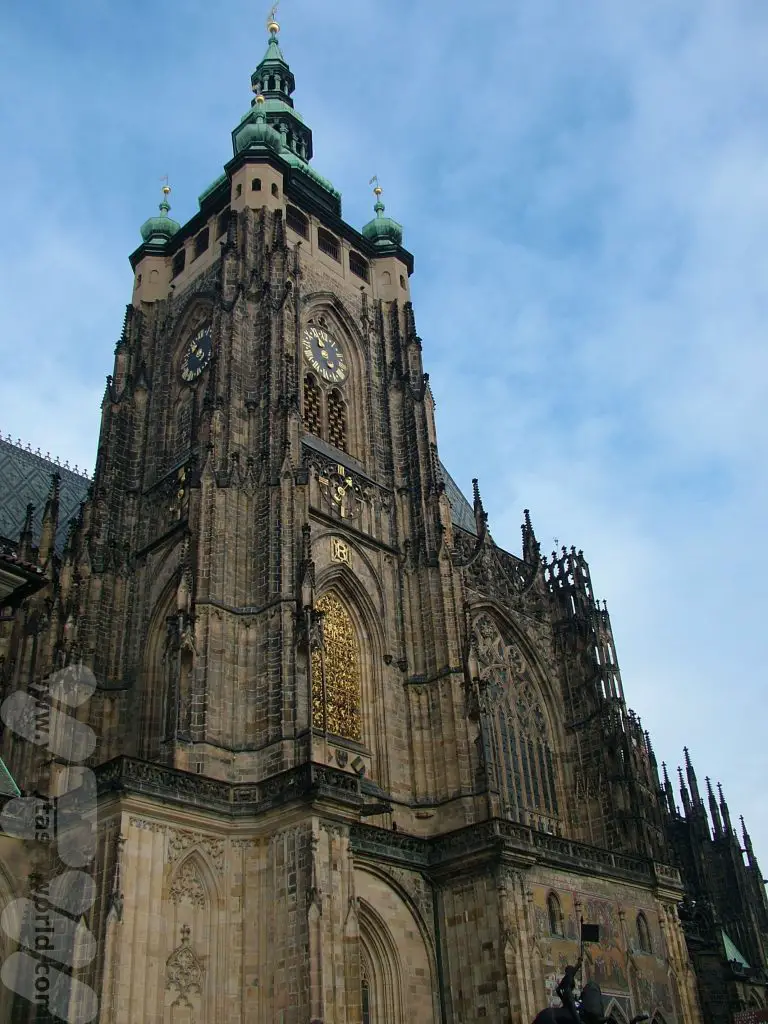
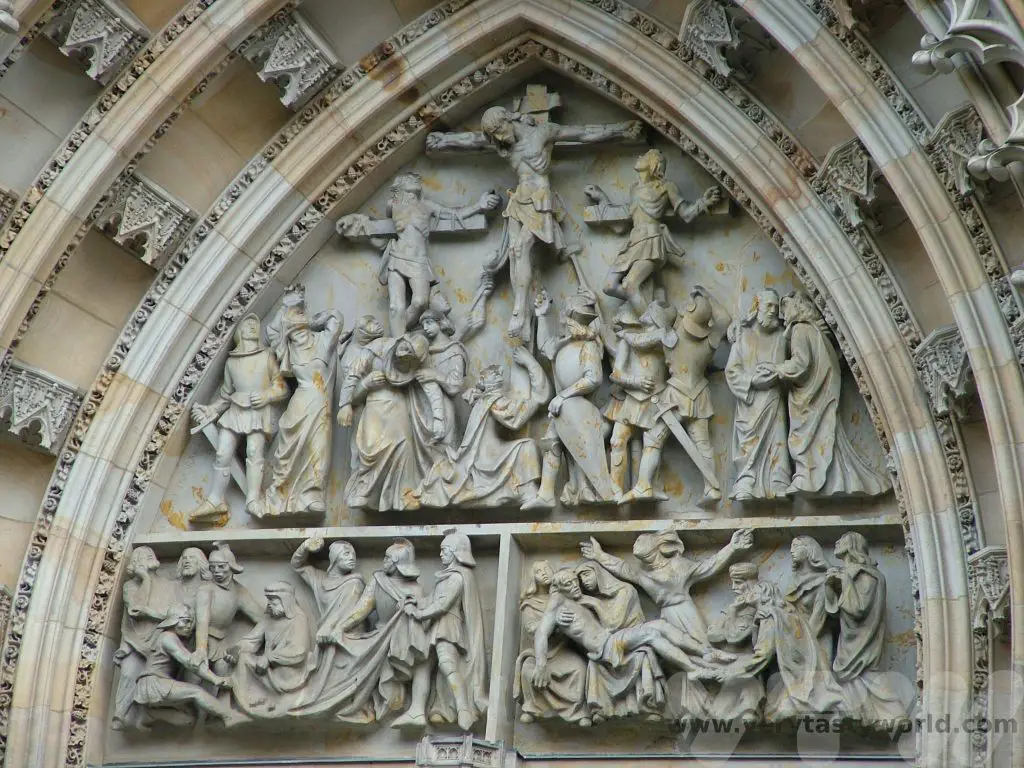
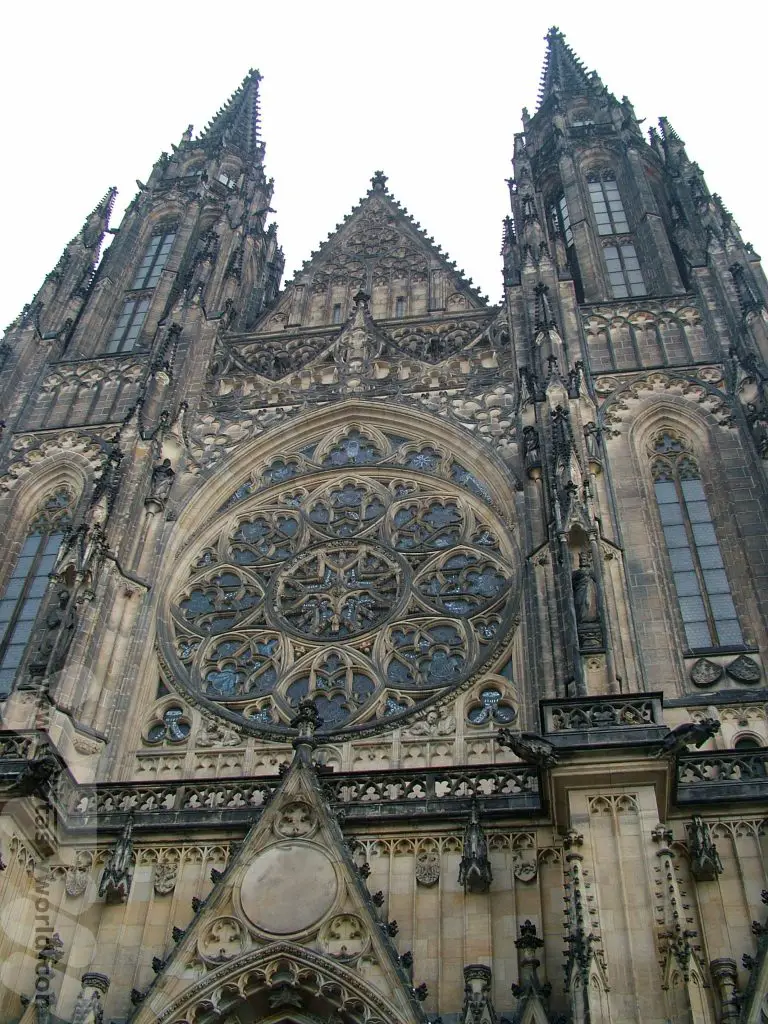
It has the most stunning stained glass windows.
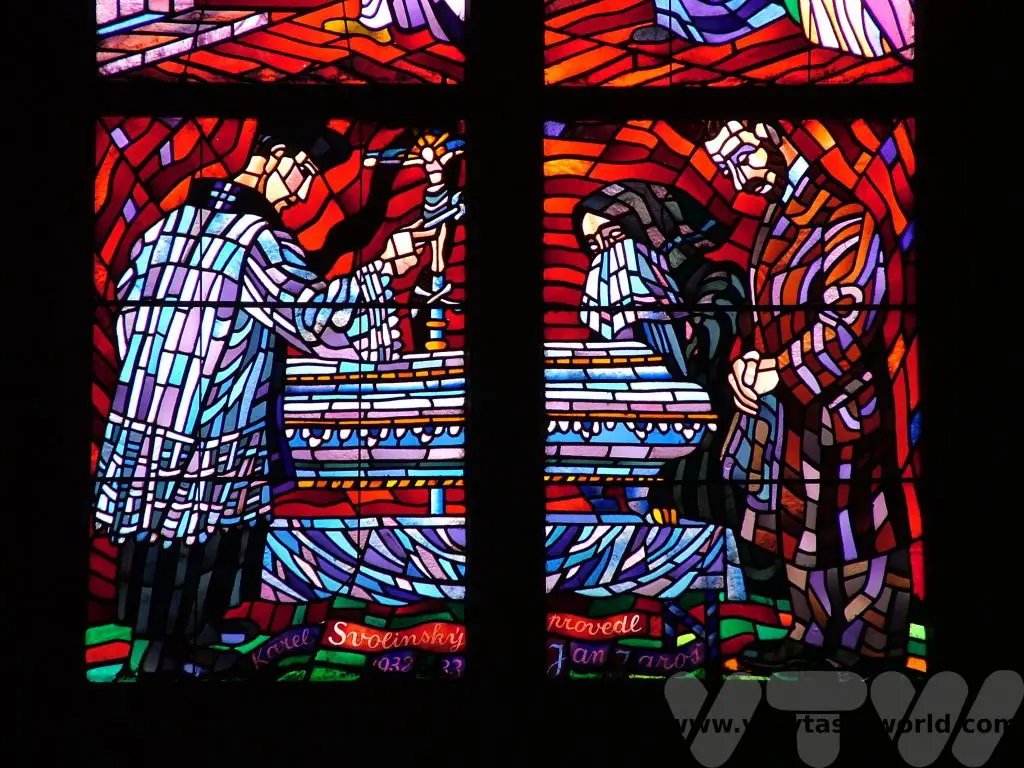
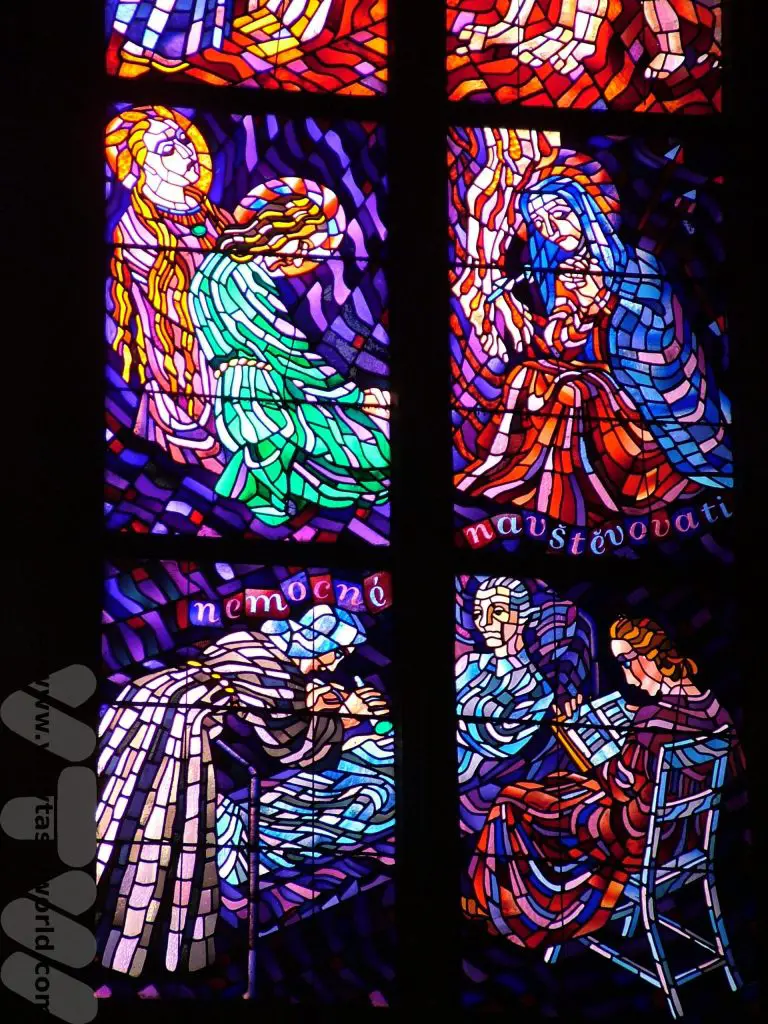
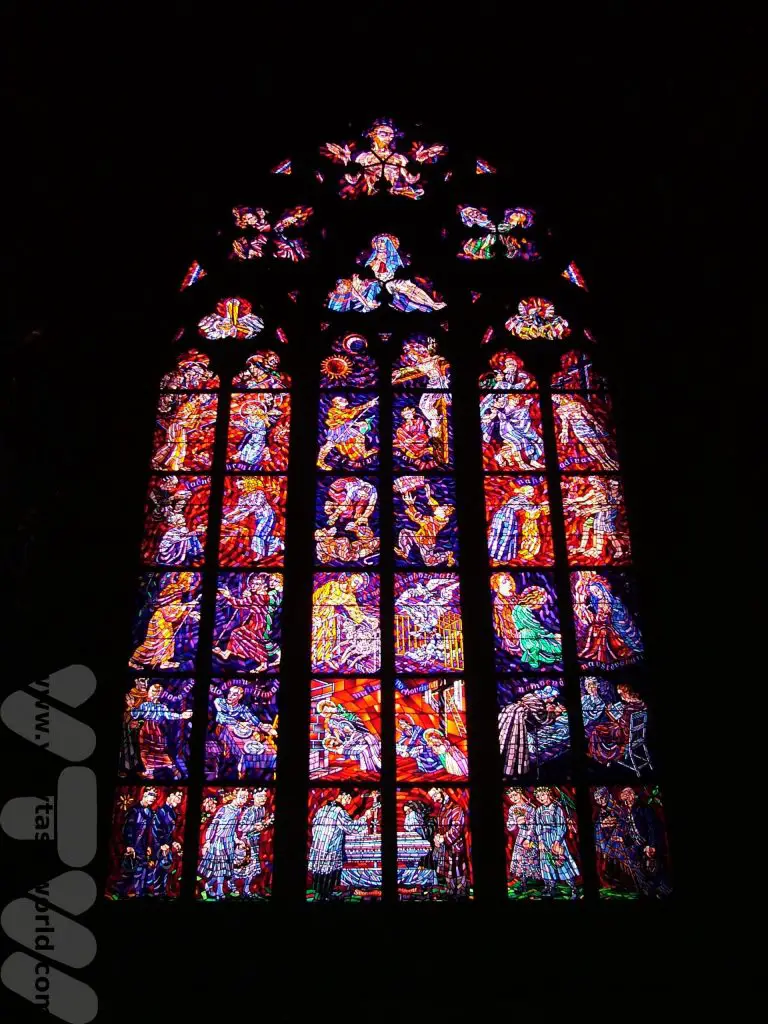
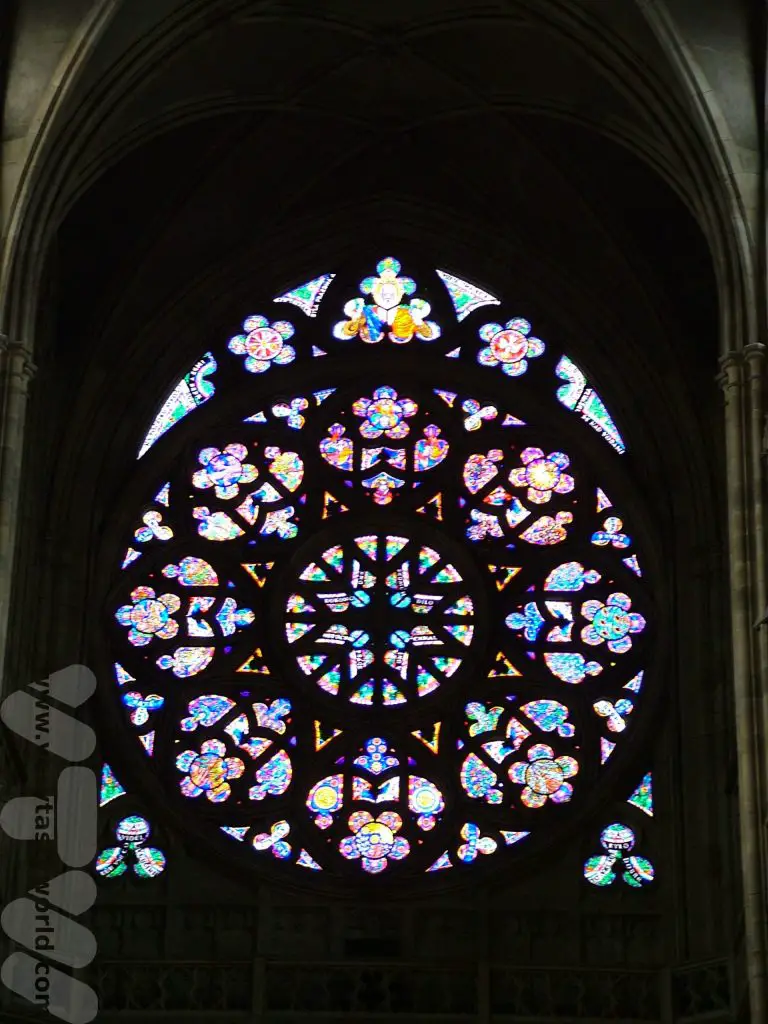
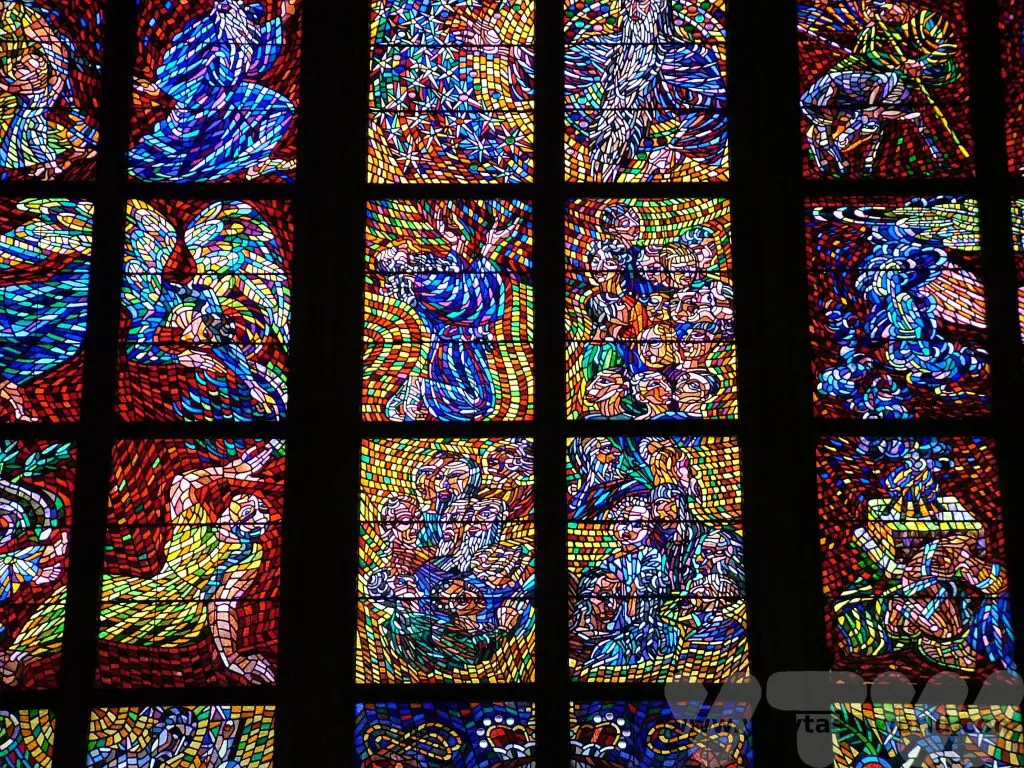
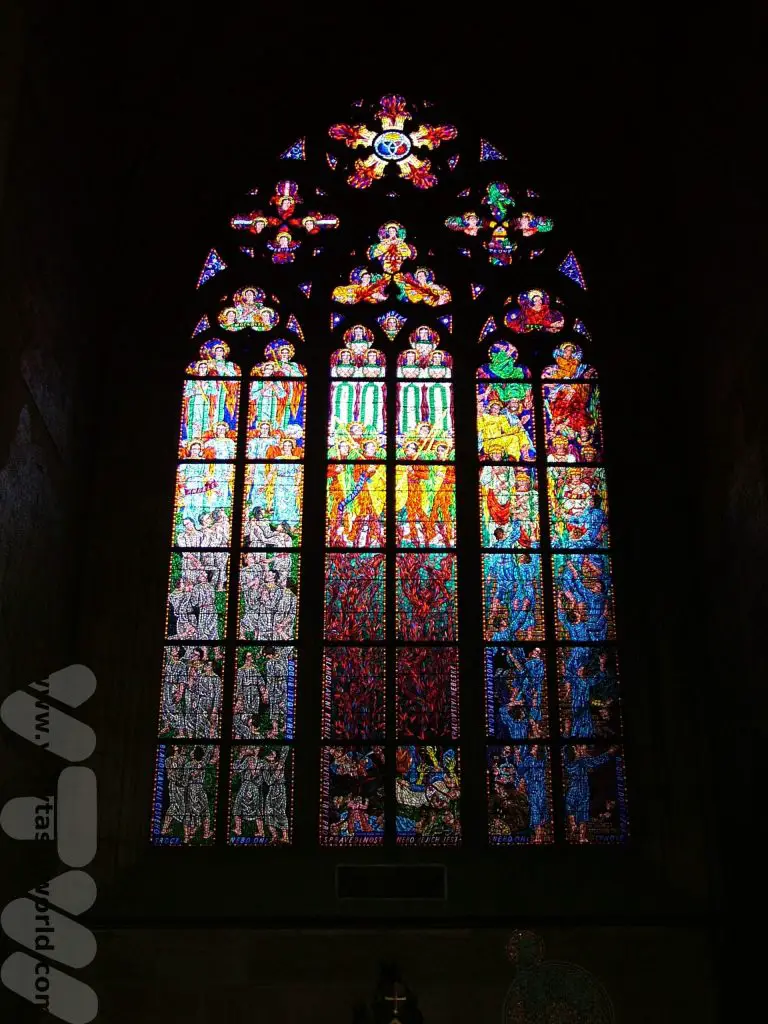
We were mildly sozzled for much of the trip because it turned out that beer was cheaper than water and there was a huge variety to choose from.
Most styles are pilsner, a pale lager which offered much refreshment after a morning or afternoon’s exploration of the city.
Pilsners were developed in the Czech Republic, originally in the city of Plzeň that’s located around 90 km west of Prague, in the mid nineteenth century. Using a malting process that ensure the barley was kilned to be significantly paler than traditional malts, a yeast that fermented on the bottom of the container and lots of noble hops (Saaz being a notable variety) which provide the beer with its bitter element, the local water also proved to be ideal for production as it was relatively free of minerals. A good pilsner is golden in colour, hoppy (but not too hoppy), and should have a balance of flavours.
In Prague the beers were served cold, with a large, frothy head. This style of serving is popular in much of Europe (and also in Japan, whose brewers imitated the style of pouring they visited Germany to learn their craft in the late nineteenth century). In the UK we’re not so keen on a massive head (less actual beer in the glass!) but apparently the froth protects the beer from oxidation which helps maintain the flavour of the pilsner. Although if you drink it quickly enough you, too, can help prevent oxidation!

Of course, we made sure we tasted as many as possible. There seemed to be a convention for ordering beer:
1) You will be offered beer as soon as you enter any fine establishment.
2) It’s perfectly OK to go into a restaurant to drink beer and not order food.
3) The default size seems to be large (0.5L). You would have to ask for a small beer. But why would you want to do that?
4) The friendly barperson will have a preternatural ability to detect that your glass is empty the moment you swig the ultimate drop and will offer you more beer instantly. It’s usually a good idea to accept.

